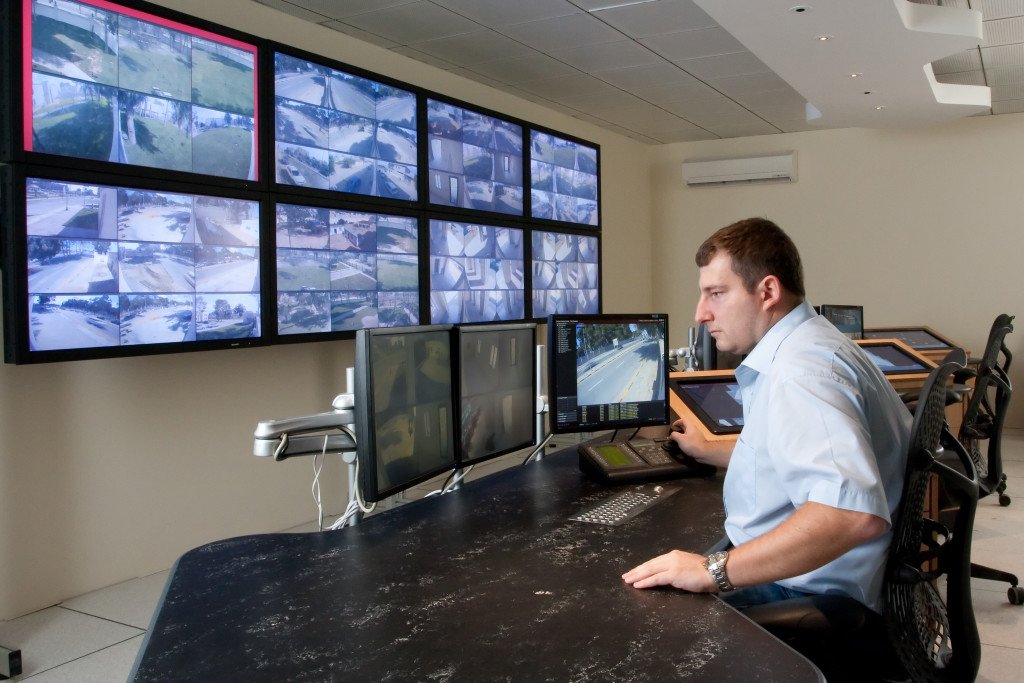In 2017 we see video surveillance continuing its growth trend for security, as well as for retail and traffic management applications, and in support of the wider IoT trend.
Industry analyst IHS projects that in 2017 video surveillance will capture nearly 6000 Petabytes of data, and by 2019 3.3 trillion hours of surveillance video will be captured daily.
Video is also being retained longer for many reasons, including for use as evidence by law enforcement, or to use with advanced analytics in retail environments. Based on our interactions with customers and partners, we anticipate a number of key developments.
1. More video data to support video analytics
Organisations will need to become more adept at leveraging unstructured data to identify patterns and trends. Surveillance data – or, more accurately, “video-based data” – will be increasingly used for business purposes.
No longer just for keeping people and property safe; video surveillance will produce greater financial returns. Highly sophisticated video analytics applications will see greater adoption to make better business decisions.
Today, 50% of analytics are for non-security purposes. To support these analytical functions, video must be retained for longer periods.
2. Surveillance cameras with intelligence embedded
2016 saw a surge in camera counts – especially HD cameras yielding considerably more data to manage. In 2017 we expect the adoption of cameras with wider panoramas, higher resolutions, and more sensors will accelerate.
Watch for more installations to transition from analogue and SD cameras, with a demand that more surveillance capabilities – compression, streaming, storage, and analytics – be bundled into cameras for greater value. The influx of data will strain storage and make an intelligent, multi-tier storage strategy more vital than before.
With improved intelligence in cameras, storage management software to effectively manage the influx of data will become even more important.
3. Healthcare heats up for surveillance
Common challenges such as workplace violence, drug related crimes, gang violence, infant/child abduction threats, natural disasters and terrorism will require healthcare organisations to make significant surveillance upgrades or complete system over-hauls. 80% of hospitals are in need of an upgrade of access control systems and CCTV (IAHSS).
For example, to protect against legal action in slip/fall lawsuits, it is recommended that healthcare facilities retain video data for at least two years. In addition, controlled observation rooms may soon exceed the number of security cameras, extending the ability of nursing staff to monitor patients and improve overall care.
A modern video surveillance solution will be needed to improve overall facility safety and security while also increasing operational efficiency.
4. A surge in biometrics applications
Today facial recognition is used to identify criminal suspects. Healthcare organisations will increasingly add facial recognition to their security arsenal.
We anticipate greater adoption of applications for counting people to help transport organisations reduce congestion and improve services. Increasingly, biometrics is helping to prevent the major data breaches that have become common.
Public and private entities will embrace more sophisticated cyber security. In the US, the Cyber Security Alliance, in conjunction with The White House launched an initiative advising the use of fingerprints and one time codes as a way of authentication.
Facial recognition is another growth area, where biometric technology is now available for use with body-worn cameras. Both technologies hold great potential, and will require intelligent multi-tiered storage to keep the costs of the required data in check.
5. IoT sensor and video management
Watch the internet of things (IoT) emerge as one of the top culprits for data growth. The real challenge for IT managers will be to merge this data with large and diverse files types such as video surveillance to enable collective business intelligence.
This will create a data management challenge for state and municipal IT departments tasked with creating the infrastructure to house, protect and analyse both massive video data sets and millions of IoT sensor files.
Add to this the growing list of benefits made possible by the correlation of video data with input from “smart” devices, and the demand for storage – and storage integration – explodes. Embedded sensor technology will allow cities to become smarter, and data from that sensor input will be integrated with video data and analysed to help make urban communities more attractive.
Look for vehicle and pedestrian traffic to be more aggressively captured and integrated with sensor input from trains, buses, and subways to cut congestion. Parking facilities can be monitored and the video combined with input from smart meters to reduce bottlenecks and to improve consumer satisfaction.
6. Video surveillance-as-a-service emerges
As we see smarter cameras and more types of sensors integrated into them, there’s been a movement toward more in-band analytics. This confluence of factors is laying the foundation for surveillance-as-a-service.
Smaller deployments will be aggregated into this service model. For example, commercial campuses can centralise surveillance services if they use smart cameras with in-band analytics and other sensors, in order to automate functions that took multiple personnel and enable a more proactive approach to surveillance, and bridge the gap between a prosecution model to a more preventative system.
Free Download: The Video Surveillance Report 2023
Discover the latest developments in the rapidly-evolving video surveillance sector by downloading the 2023 Video Surveillance Report. Over 500 responses to our survey, which come from integrators to consultants and heads of security, inform our analysis of the latest trends including AI, the state of the video surveillance market, uptake of the cloud, and the wider economic and geopolitical events impacting the sector!
Download for FREE to discover top industry insight around the latest innovations in video surveillance systems.

